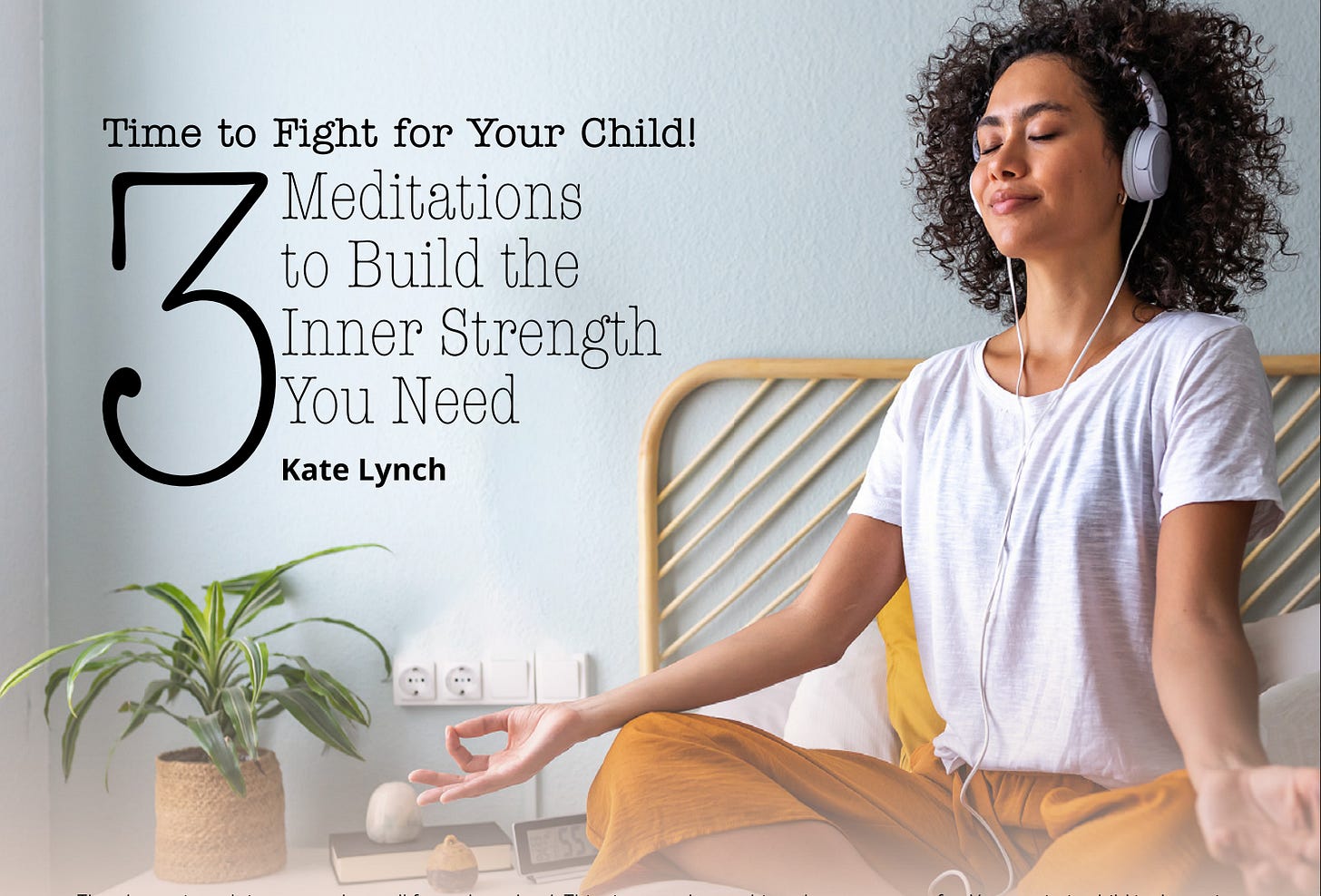3 Meditations to Build the Inner Strength You Need to Fight for Your Child
When you know that it's time to advocate for your kid against a broken system, and you want to feel unruffled and resilient, try this.
The phone rings. It is yet another call from the school, and this time you know things have gone too far. Your autistic child isn’t getting the accommodations they need, or things just aren’t working out and you have to find them a new setting. The special education system will sometimes work with you, but often works against you.
You know it’s time to stand tall and be the best advocate you can be. This can feel intimidating and isolating at first, even if you bring someone with you to the meeting. You walk into a school, and suddenly you feel seven years old again. You perch on a tiny chair, waiting for the principal or another administrator to call you into the meeting. In the meeting, you look around the table and you are the only one who isn’t a professional educator.
You are an expert, however, on your unique child.
Everyone there expects you to advocate for your kid. They would do the same for their kids. You know your voice needs to be heard because you are your child’s protec…
Keep reading with a 7-day free trial
Subscribe to Atypical Kids, Mindful Parents to keep reading this post and get 7 days of free access to the full post archives.




